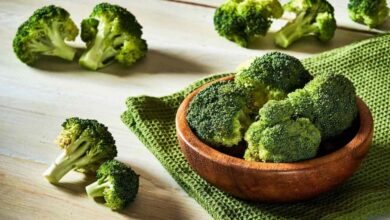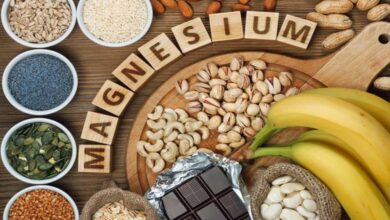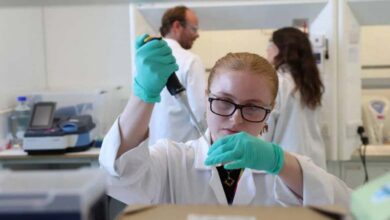English: How to Differentiate Between Food Poisoning and Gastritis

It is quite common to confuse food poisoning with gastritis, especially when symptoms appear suddenly. Abdominal pain, nausea, vomiting, and even diarrhea can be present in both conditions. However, their causes, mechanisms, and treatments differ significantly.
Food poisoning is an acute digestive infection caused by the ingestion of food or drinks contaminated with bacteria, viruses, or toxins. It typically occurs a few hours after eating the suspect meal and is characterized by a sudden onset of intense digestive symptoms: vomiting, abdominal cramps, diarrhea, and sometimes fever. It is often linked to poorly preserved or undercooked food, or improper hygiene during preparation.
Gastritis, on the other hand, is the inflammation of the stomach lining. It can be acute or chronic, and it is usually the result of ongoing irritation due to excessive alcohol consumption, long-term use of anti-inflammatory drugs, or infection with the bacterium Helicobacter pylori. Unlike food poisoning, gastritis symptoms tend to develop more gradually: burning sensation in the stomach, heaviness after meals, persistent nausea, acidic burping, and sometimes loss of appetite.
Differentiating between the two relies on medical questioning, the patient’s history, and sometimes additional tests like endoscopy or stool analysis. The duration of symptoms is also telling: food poisoning usually resolves within 24 to 72 hours, while gastritis requires longer treatment.
Treatment for food poisoning includes rest, hydration, and a light diet. In certain cases, anti-diarrheal medications or antibiotics may be prescribed. Gastritis, however, often requires antacids or proton pump inhibitors, and in cases involving H. pylori, antibiotic eradication therapy.
It is crucial not to ignore digestive symptoms and to seek medical advice if they persist or worsen. Proper diagnosis and timely treatment can prevent complications and help restore digestive well-being quickly.












